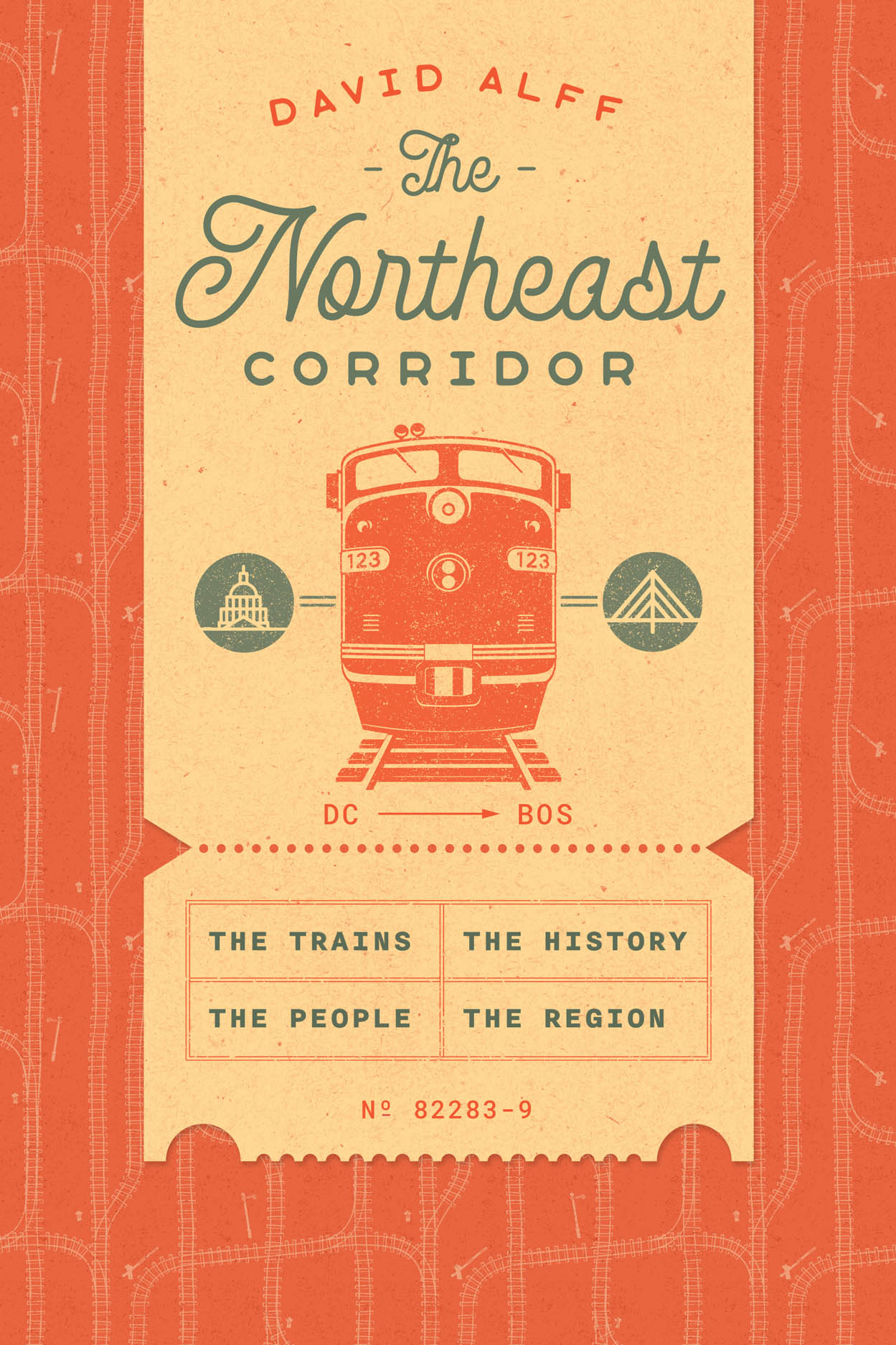American History
Forging Early America’s Northeastern Backbone
In a new book, David Alff traces the origins of the railway line that joined Boston to Washington, D.C., transforming a young nation in the process.

A review of The Northeast Corridor: The Trains, the People, the History, the Region, by David Alff, 280 pages, The University of Chicago Press (April 2024).
One mark of a great writer is an ability to produce beautiful prose even when describing life’s passing banalities. By way of example, I give you David Alff, herein describing Barack Obama’s view from the train that took him from Philadelphia to Washington three days before his first inauguration:
a washed-out collage of polyvinyl cable, cracked rebar, rigidized metal, and leafless trees beside the gray chop of the Delaware River. Cathedrals spired over rowhomes. Stone-crushing plants shouldered up against scrapyards and algal ponds. Freeways clogged with rigs and sedans…a place used to get to other places, an architecture of anticipation, an inglorious backdrop on which to project a perfected union.
The Northeast Corridor is packed with this kind of poetry. But I assure you this isn’t some art-house meditation on the rail-scarred earth of the mid-Atlantic. Alff has produced a proper history of the eponymous rail line from Boston to Washington, D.C. that became early America’s infrastructural backbone. And somehow, he managed to pack it into a book that’s scarcely more than 250 pages, despite also providing an abundance of memorable digressions into the arts of rail-station architecture, bridge construction, and tunnel blasting.

Like so many other American creation stories, The Northeast Corridor delivers a star turn to Benjamin Franklin. It’s 1723, and the future Philadelphian is still in his late teens—a callow apprentice fleeing an internship at his brother’s print shop on the invented claim that he’d impregnated a “naughty girl.”





